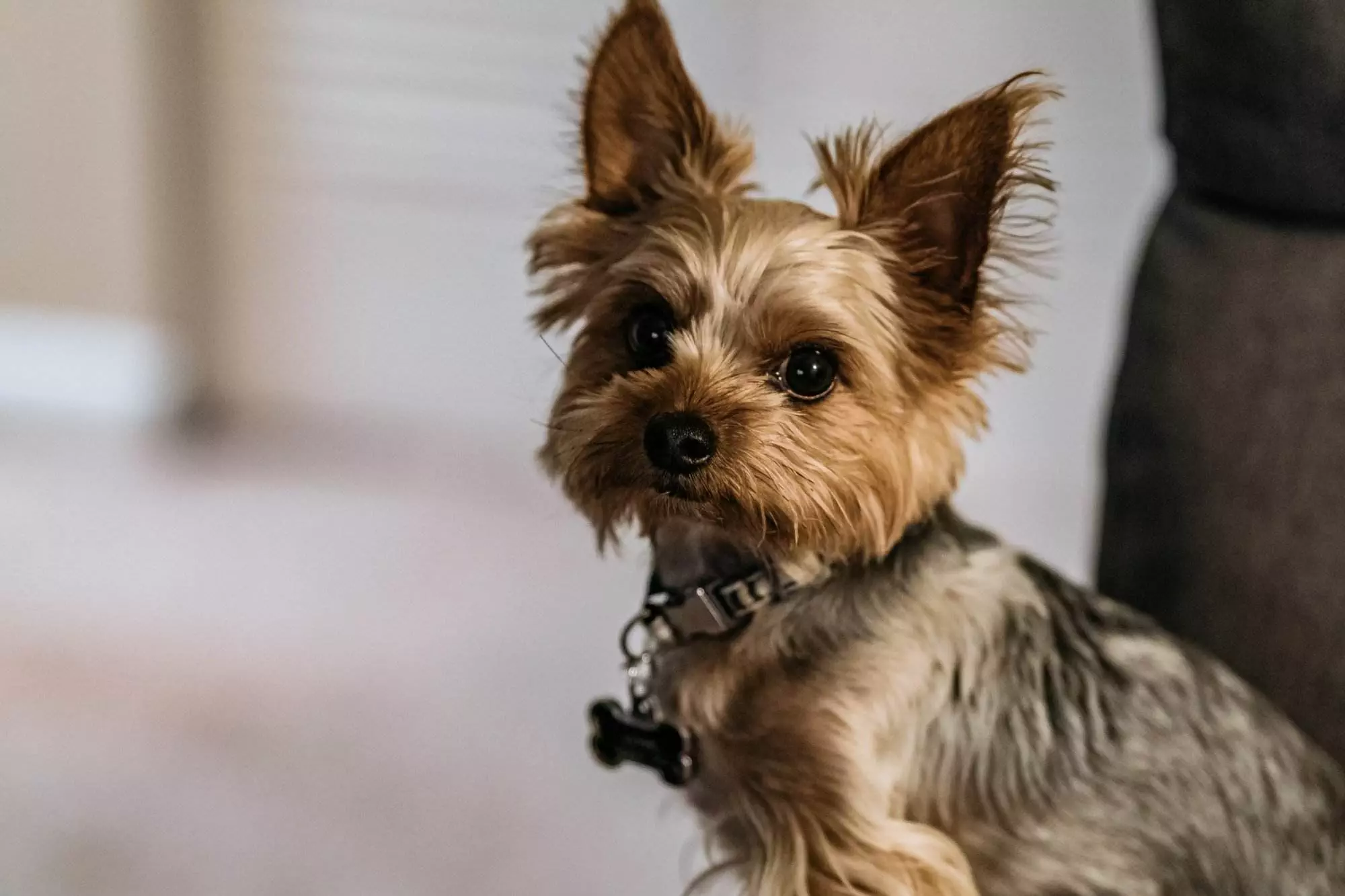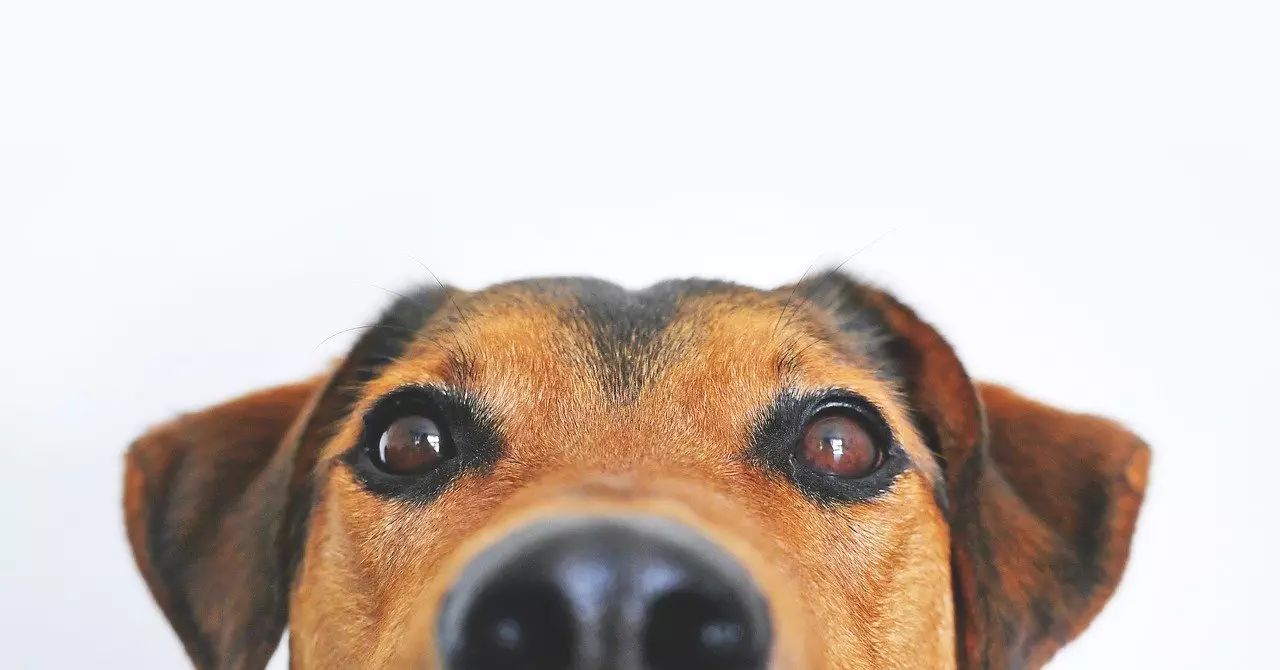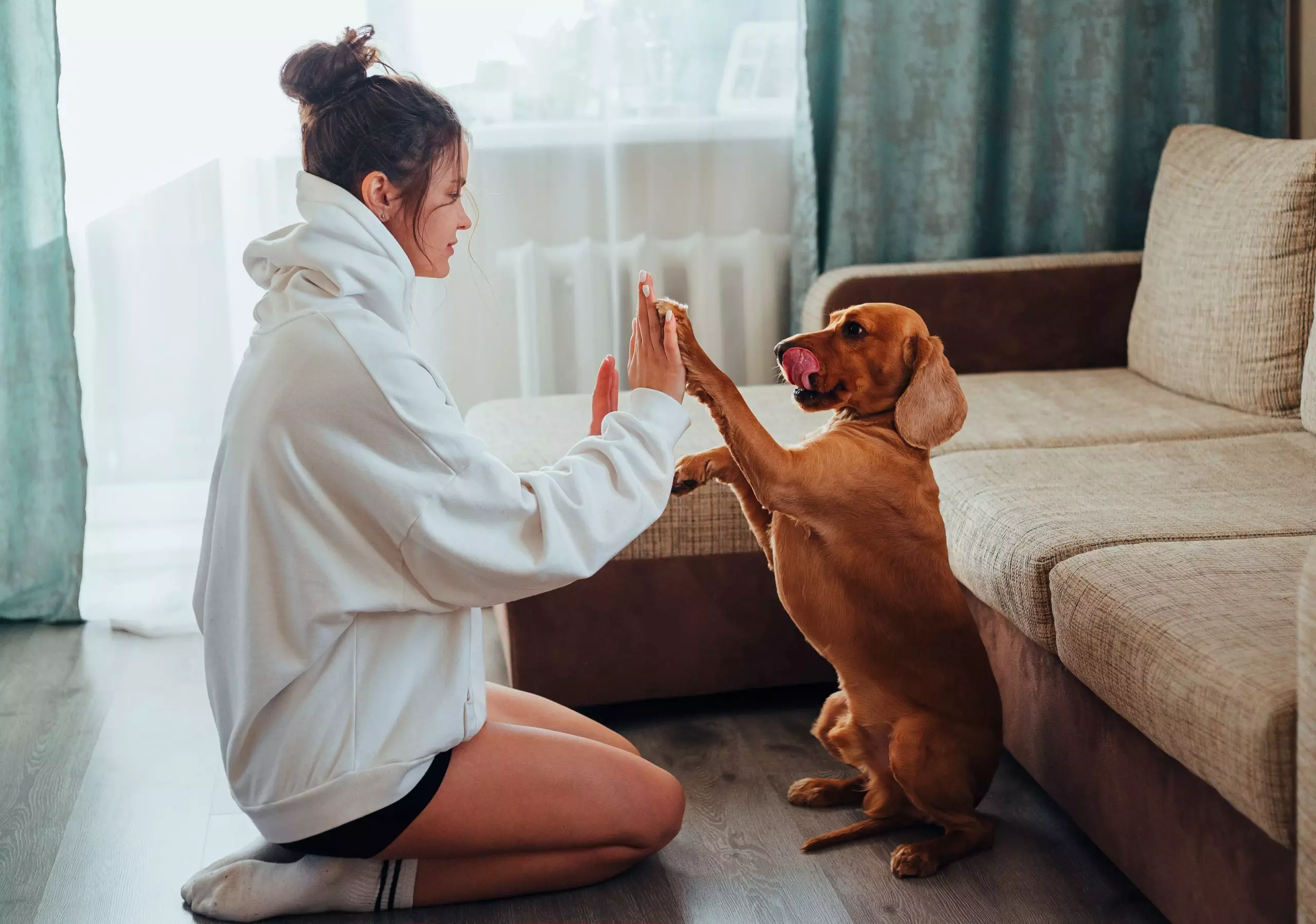Dog training is an essential part of owning a dog. It helps you build a strong bond with your furry friend and ensures that they behave well in public places or around other dogs. In this guide, we will cover everything you need to know about dog training from choosing the right device to positive reinforcement techniques. Let’s get started!
Introduction to Dog Training
Before starting any type of dog training, it’s crucial to understand how dogs learn. Dogs are motivated by rewards such as food, playtime, or praise. They also respond well to consistency and repetition. Once you have this knowledge, you can start planning your dog training routine.
Choosing the Right Dog Training Device
There are many different types of dog training devices available on the market today. Some popular options include:
Collars with remote trainers
Clicker training
Treat dispensing toys
Leashes and harnesses
Each option has its own advantages and disadvantages depending on your dog’s personality and behavior. For example, if your dog tends to pull on their leash during walks, a front-attaching harness may be more effective than a traditional collar.
Basic Commands for Your Puppy or Adult Dog
Once you have chosen your dog training device, it’s time to teach your pup some basic commands. Here are a few examples:
1. Sit – Teach your puppy to sit on command using treats and lots of praise. Start by holding a treat above their nose and saying “Sit” until they lower themselves onto their haunches. As they improve, gradually decrease the amount of prompting needed until they can sit on command without any help.
2. Stay – This command is useful when you want your dog to stay put while you walk away or approach something potentially dangerous like another dog. Begin by having them sit and then tell them to “Stay” while you move away slowly. If they stand up or come towards you, gently repeat the command and wait until they lie back down before rewarding them.
3. Come – This command is important for safety reasons, especially if your dog is prone to running off. Use a combination of voice cues (“Come!”), hand signals (pointing towards yourself) and treats to encourage your dog to return to you. Be patient and consistent with this command, and soon your dog will be coming when called every time.
Dealing with Reactive Dogs: Tips and Tricks
Some dogs may become overly excited or aggressive when encountering other dogs or people. This behavior can be challenging to manage but not impossible. Here are a few tips for dealing with reactive dogs:
1. Avoid trigger situations – Try to avoid areas where your dog is likely to encounter triggers such as other dogs or crowded spaces. If you must go out, bring plenty of distractions such as treats or toys to keep your dog occupied.
2. Use calming signals – Calming signals such as looking away, yawning, or lying down can help diffuse tension between two dogs. Encourage your dog to use these signals by rewarding them when they do so appropriately.
3. Positive Reinforcement – Always use positive reinforcement techniques when working with a reactive dog. Reward good behaviors such as sitting calmly or approaching another dog slowly instead of punishing bad ones.

Homemade Treats Recipe for Rewarding Good Behavior
Treats are an excellent way to reward your dog for good behavior during training sessions. Here’s a simple recipe for homemade dog treats:
Ingredients:
1 cup whole wheat flour
1/4 cup olive oil
1/4 cup water
1 teaspoon honey
1 tablespoon peanut butter
Instructions:
1. Combine all ingredients in a mixing bowl and stir until smooth.
2. Cover the mixture with plastic wrap and let it rest in the fridge for at least 30 minutes.
3. Preheat your oven to 350°F (175°C).
4. Line a baking sheet with parchment paper and scoop out small balls of dough using a cookie scoop or spoon. Flatten each ball slightly with the palm of your hand.
5. Bake for approximately 20-25 minutes or until golden brown. Remove from the oven and allow to cool completely before giving them to your dog.
Your ultimate guide to dog training is now complete! Remember to always be patient, consistent, and kind when working with your dog. With hard work and dedication, you can create a strong bond and ensure that your furry friend behaves well in all situations.




